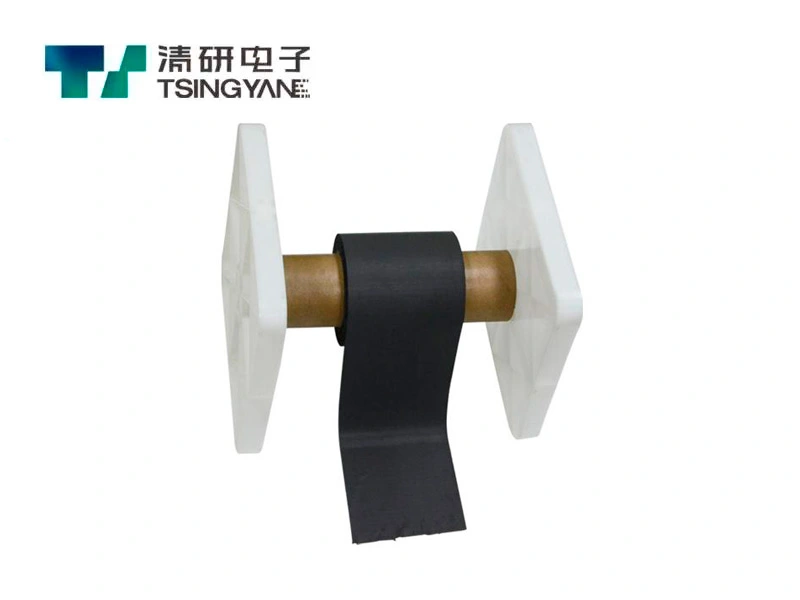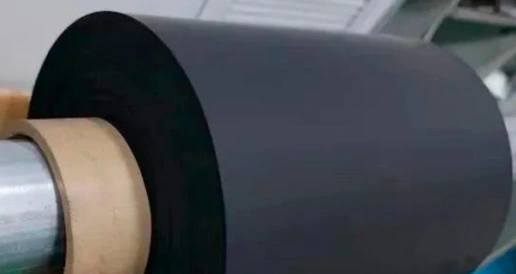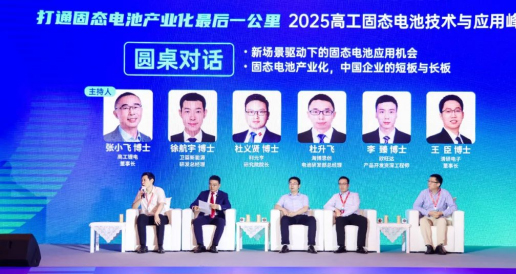The electric vehicle (EV) revolution hinges on making batteries more affordable, as they remain a significant cost driver. Traditional wet electrode manufacturing, reliant on costly solvents, energy-intensive drying, and complex processes, accounts for nearly 25% of battery production expenses. Dry electrode manufacturing, a solvent-free and energy-efficient alternative, promises to cut these costs by 50% or more while improving battery performance and sustainability. In this blog, we'll explore how dry electrode technology achieves these savings, why it's a game-changer for EVs and energy storage, and which companies are leading the charge toward a more affordable, eco-friendly battery future.
Conventional lithium-ion battery (LIB) production relies on a wet electrode process that drives up costs significantly. This method involves mixing electrode materials into solvent-based slurries, often using N-Methyl-2-pyrrolidone (NMP), which costs $50 or more per kilogram and is toxic. These slurries are coated onto metal foils and dried in massive ovens, some over 40 meters long, consuming substantial energy—approximately 50% of the process's total energy use. Additionally, solvent and dust recovery systems, which can cost upwards of $100 million per facility, are required to manage environmental and safety concerns. The result is 15-25% higher production costs due to energy waste, high capital expenditure (CapEx) for large facilities, and slow production speeds limited by lengthy drying times.
![]()
Dry electrode manufacturing revolutionizes battery production by eliminating the most expensive and inefficient steps of the wet process, delivering substantial cost savings through multiple avenues.
By removing the need for costly and toxic solvents like NMP, dry electrode manufacturing avoids both the purchase of these materials and the expensive recovery systems required to handle them. Additionally, the absence of solvent drying reduces energy consumption by up to 80%, as it eliminates the slowest and most energy-intensive step of the process, leading to significant operational savings.
Dry electrode manufacturing uses compact equipment, eliminating the need for 50-meter-long drying ovens. The process is three to five times faster, producing electrodes in minutes rather than hours. This efficiency allows for a smaller factory footprint, reducing facility costs and overall CapEx, making it easier for manufacturers to scale production without massive investments.
Dry electrode processes optimize material use, minimizing waste. Unlike wet slurries, which can lead to solvent-related losses, dry coating ensures high binder efficiency and precise coating thickness. This reduces the overuse of expensive materials like lithium, cobalt, and nickel, further lowering production costs while maintaining electrode quality.
Dry electrode manufacturing employs cost-effective binders, such as PTFE, which are cheaper than the PVDF used in wet processes and require no solvents. These binders also provide stronger adhesion, reducing defect rates and scrap costs, contributing an additional 5-10% in savings.
The cost advantages of dry electrode manufacturing are evident when compared to the wet process. Wet processes consume 500-1,000 kg of solvent daily, costing over $500,000 annually, while dry processes use none, eliminating this expense entirely. Energy for drying in wet processes requires 500 kWh per ton of electrodes, compared to less than 100 kWh for dry processes, saving over $1 million per year per production line. Wet process factories require over 50,000 square feet, while dry process facilities need less than 20,000 square feet, cutting CapEx by 30-50%. Production speeds are also tripled, with dry processes achieving 15-30 meters per minute compared to 5-10 meters per minute for wet processes. Tesla, leveraging Maxwell Technologies' dry electrode advancements, aims to reduce cell costs to $50/kWh by 2026, halving current costs.
Despite its transformative potential, dry electrode manufacturing faces hurdles that must be addressed for widespread adoption. Current machinery is limited to producing about 1 GWh per year, constraining scalability. Initial equipment costs for dry processes are higher due to the novelty of the technology, increasing upfront CapEx. Additionally, achieving uniform coating and optimizing adhesion in dry mixing remains a challenge, as inconsistencies can affect electrode performance. Manufacturers are actively working to refine equipment and processes to overcome these barriers and unlock the full potential of dry electrode technology.
Several industry leaders and innovators are driving the adoption of dry electrode manufacturing. Tesla, through its acquisition of Maxwell Technologies, is pioneering the technology with its 4680 cells, aiming for large-scale implementation. LG Energy Solution is collaborating with companies like Solithor to advance dry electrode processes. Toyota is developing patented dry processes for solid-state batteries, while startups like Battery Resourcers, SES AI, and Enovix are pushing the boundaries of dry electrode innovation, contributing to a competitive and rapidly evolving landscape.
Analysts project that dry electrode manufacturing could reduce battery costs by 50% at scale, potentially bringing cell costs to $60/kWh by 2030. This reduction, combined with a 50% lower carbon footprint due to the elimination of solvents and reduced energy use, positions dry electrodes as a cornerstone of sustainable battery production. These advancements could make EVs as affordable as gas-powered cars, with models offering a 300-mile range priced around $25,000, while also enhancing grid storage for renewable energy.
Dry electrode manufacturing is more than an incremental improvement—it's a transformative leap that could slash lithium-ion battery costs by half or more. By eliminating solvents, reducing energy consumption, and streamlining production, this technology promises to make electric vehicles and renewable energy storage more affordable and sustainable. As industry leaders like Tesla, LG, and Toyota, alongside innovative startups, continue to refine and scale dry electrode processes, the dream of $60/kWh batteries is within reach, paving the way for a cleaner, electrified future.
 The Electric-Powered Future with New Cathode Materials
The Electric-Powered Future with New Cathode Materials
 New Product! Dry Electrode Film for Button-Type Supercapacitors, Achieving Roll-to-Roll Production for Enhanced Quality and Efficiency!
New Product! Dry Electrode Film for Button-Type Supercapacitors, Achieving Roll-to-Roll Production for Enhanced Quality and Efficiency!
 Discussing New Opportunities of Dry Electrode Technology in Solid-State Battery Industry – Dr. Wang Chen from Tsingyan Electronics Attends 2025 Gaogong Lithium Battery Summit
Discussing New Opportunities of Dry Electrode Technology in Solid-State Battery Industry – Dr. Wang Chen from Tsingyan Electronics Attends 2025 Gaogong Lithium Battery Summit